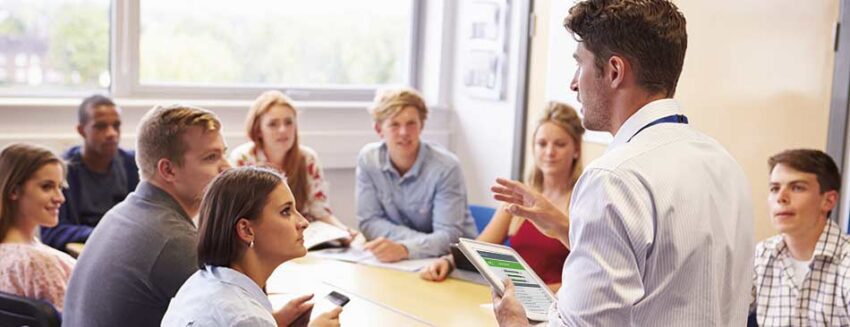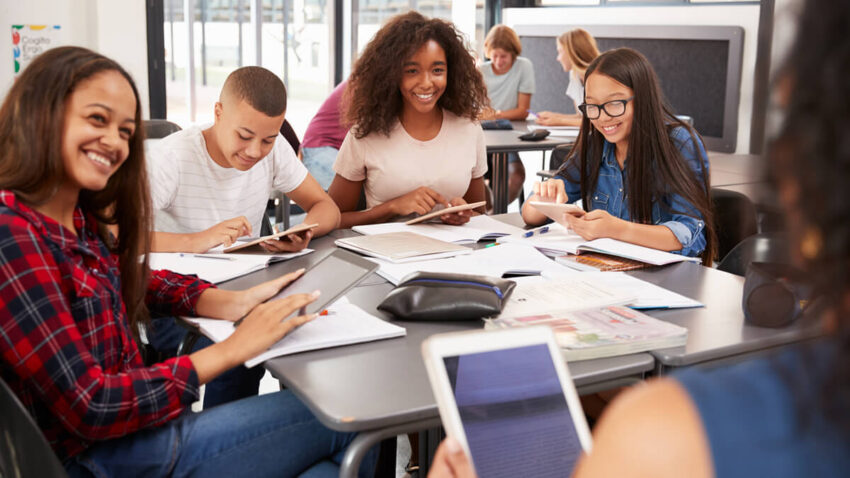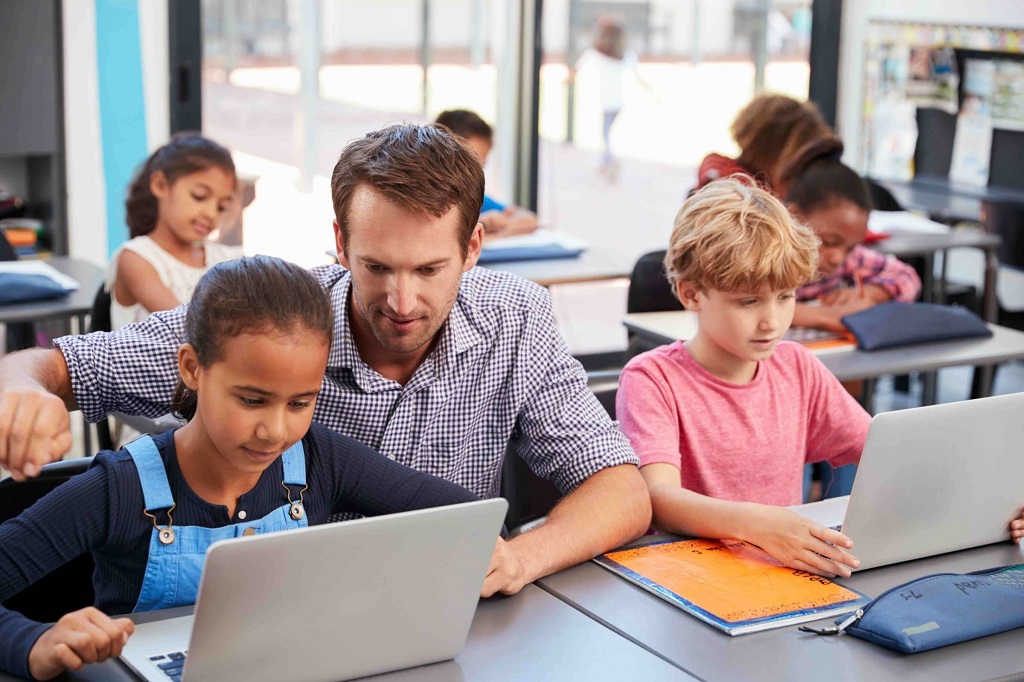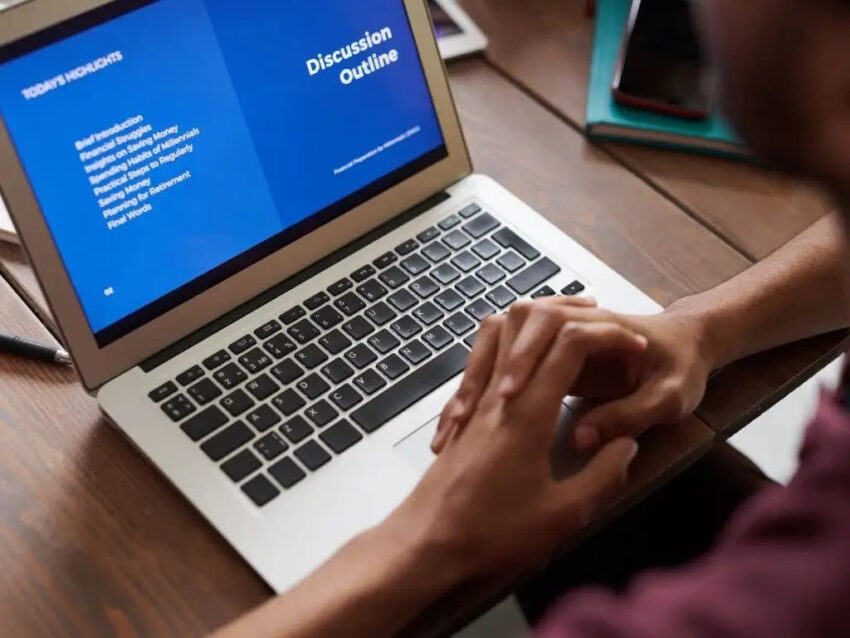In recent years, the concept of a flipped classroom has gained popularity among educators. The flipped classroom is a pedagogical approach that involves reversing the traditional method of teaching. In a traditional classroom, teachers deliver lectures during class time, while students do homework outside of class. However, in a flipped classroom, students watch or read lecture materials outside of class and engage in discussions or activities during class time. This article will explore what a flipped classroom is, how it works, and its benefits and drawbacks.
What is a Flipped Classroom?
A flipped classroom is a pedagogical approach that involves inverting the traditional method of teaching. Instead of teachers delivering lectures during class time, students watch or read lecture materials outside of class and engage in discussions or activities during class time. In a flipped classroom, students are introduced to new concepts and ideas before they come to class, so they are better prepared to engage in discussions and activities during class time.
How does a Flipped Classroom work?

In a flipped classroom, the teacher assigns videos or readings for students to watch or read before class. These materials can be found online, in textbooks, or in other resources. Students are expected to watch or read the materials and take notes on important concepts or ideas.
During class time, students engage in discussions or activities related to the materials they have watched or read. The teacher facilitates the discussions or activities and provides feedback or guidance as needed. Students can work in groups or individually, depending on the nature of the activity.
Benefits of a Flipped Classroom
There are several benefits to using a flipped classroom approach. Firstly, it allows students to learn at their own pace. They can watch or read materials at their speed and review them as many times as needed. Secondly, it allows for more engaging and interactive class time. Students are better prepared to engage in discussions or activities, and the teacher can provide more individualized attention to students. Finally, it promotes higher-order thinking skills, such as analysis and synthesis, as students engage in discussions and activities.
Drawbacks of a Flipped Classroom
There are also some drawbacks to using a flipped classroom approach. Firstly, it requires students to have access to technology and the internet, which can be a challenge for some students. Secondly, it requires a significant amount of preparation time for teachers, as they need to create or curate materials for students to watch or read outside of class. Finally, it can be challenging for some students to adjust to a new learning approach, particularly if they are used to a more traditional classroom.
Conclusion
In conclusion, a flipped classroom is a pedagogical approach that involves reversing the traditional method of teaching. Students watch or read lecture materials outside of class and engage in discussions or activities during class time. While there are several benefits to using a flipped classroom approach, such as allowing students to learn at their own pace and promoting higher-order thinking skills, there are also some drawbacks, such as the need for students to have access to technology and the internet and the significant preparation time required for teachers. Overall, a flipped classroom can be an effective way to promote student learning, but it is important to consider the unique needs and challenges of each classroom and student.





